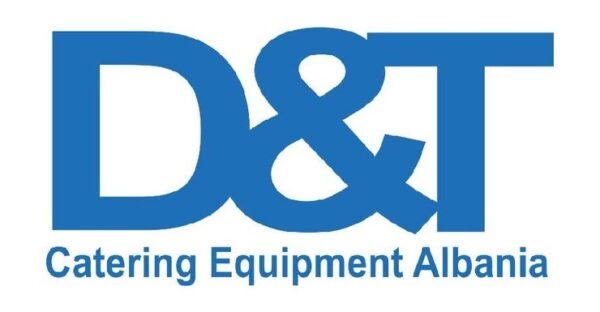What is the difference between a $10 wine and a $100 wine? If you answered $90, you would be only partially correct. You can spend different amounts on a bottle of wine, from a bottle of Barefoot for under $5, to a bottle of Chateau Petrus for almost $5,000. They are both wines, made from grapes, so, you may ask, why the difference? And what is included in the costs? It turns out that everything starts from the soil where the vines grow…
Land: The first cost element in any wine is the land where the vineyard is grown. Free wine is grown on large plots of very free land. A few years ago, land in the “premium” vineyard-growing region of Burgundy in France, for Grand Cru vineyards, fetched nearly $5 million per acre. The land in California’s Central Valley, used to grow valuable vineyards, costs many times less.
Grapes: The grapes used for wine are also important and especially the grape yield, expressed in tons per acre. Some grape varieties are known to have much lower yields, while cheap wines use bountiful grapes that can withstand almost anything and still give plenty of juice.
Vineyard management: Vineyard structure, including spacing and irrigation, also plays an important role in grape production. If you want perfect grapes for an expensive wine, there must be plenty of air movement and sunlight. Regular pruning is necessary to remove those that are “poor” and remove leaves that shade the grapes too much. Those who make inexpensive wines do not do much pruning.
Harvest: Harvesting the fruits of your hard work during the season is critical to the fruit that goes into winemaking. Premium grapes are harvested by hand when they are at their peak ripeness. This can mean multiple moves through the vineyards, selecting only those that are ready. They are then carefully handled to prevent the fruit from bursting on the way to the presses. Large-scale operations can make a single pass through the vineyards, using machines to pick the grapes and haul the grapes away in large containers. Premium vineyards may yield 2 tons of grapes or less per acre, while vineyards producing regular wines yield many times more. One tonne of grapes yields around 720 bottles of wine, so 1,440 per acre – some super premium wines yield far less than this figure. For example, you can buy cheap wine grapes for $340 a ton, while a ton of premium Napa Cabernet Sauvignon will set you back over $5,600, or almost $8 a bottle for the grapes alone.
Pressing: After the grapes are harvested, they are pressed and the juice is extracted. The first is the juice that comes with the first gentle pressing of the grapes. Regular winemakers press much harder, and many times, to extract every drop of juice from the grapes. Some premium wines use the second pressing to produce a slightly higher quality wine that they sell under a different name.
Oak: Most premium red wines are matured in oak barrels to obtain tannins and a depth of wine flavor. These barrels are not cheap! New American oak can cost $1,000 for a barrel smaller than 225 liters and about $2,500 for a new French oak barrel of the same size. So another $8 per bottle, for the oak. These barrels hold about 300 bottles of wine some premium producers do not use them a second time for premium wines! The grape juice, after it is pressed, spends 18-24 months being converted into the wine that the producer wants to sell, and during this time, they still have to pay for the building, rent, security, lighting and so on. Cheap wine operations, for the most part, resemble a chemical plant with stainless steel piping, and a wine sits for a relatively short time in the winery.
Bottle, cork and label: Everyone knows that a great label and bottle can help sell a wine. For a regular wine, this means a slim bottle with a cute label and an inexpensive stamp. Premium wines have elegant labels, sometimes with original artwork by a famous artist, a heavy glass bottle, designed to hold for an extended time, and a premium cork with a narrow structure and extra length. The bottle can cost $3-4 and the cork, another $3.
Labor: We haven’t talked about all the work required to maintain a vineyard, from the farmer, the pruners, and the harvesters. Once inside the winery comes additional production help and a very expensive winemaker in the middle. Since everyone needs certain types of talent at the same time of the year, such as harvest time, the price for their services fetches considerable value.
Marketing: Finally, we come to the X factor, marketing. Any good marketer will tell you that there is no correlation between price and cost. The price is set by the market and what people will pay. While mainstream wine companies are focused on the lower end of the market and set the price based on that, premium winemakers go to the top of every element of the winemaking process. When they finally set the price, market demand and perception of the wine come into play. Regardless of the costs they put in the bottle, the market will set the price, and sometimes the price can make you dizzy!













